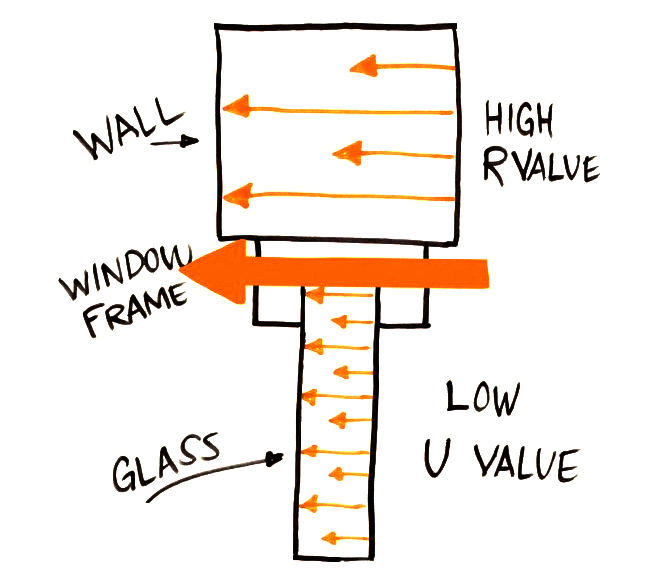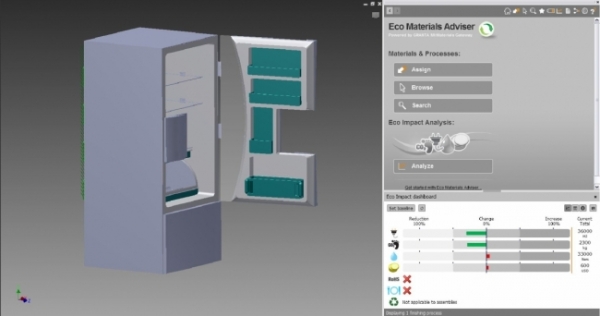heat transfer
Software
Autodesk Simulation CFD is a powerful analysis tool that can help improve the energy use and thermal comfort of your design. Learn more about how to use it to optimize airflow and heat transfer in building scale design projects.
In order to know the building's true thermal performance, you must calculate overall R-values for assemblies like walls, roofs, floors, and glazing. Thermal resistance adds differently if it is in series or parallel.
Thermal insulation is a material that blocks or slows the flow of heat through the building envelope. Insulation is vital to most green building design because it allows spaces to retain what heat they have, while avoid gaining excess heat from outside. Learn how to measure insulation and about different types of insulation.
Energy use is often the largest source of a building’s environmental impact. To improve your building’s energy efficiency, you need to understand its site, program, and energy loads.
Understanding heat transfer and thermodynamics is key to creating energy efficient designs. Learn how to use conduction, convection, and radiation to improve energy use.
Project Gallery Examples
A team of engineering students developed a cost-competitive, environmentally friendly refrigerator. Learn about their results.


